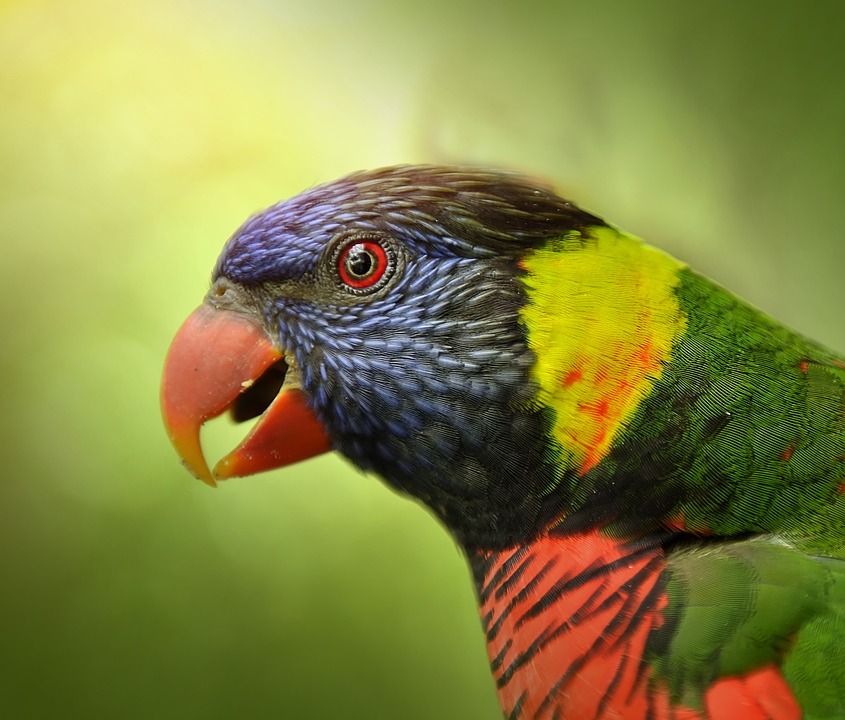Parrots are highly intelligent creatures that require mental and physical stimulation to thrive. However, when engaging in repetitive exercises, it’s important to prevent boredom from setting in. Boredom can have negative effects on a parrot’s mental health and training progress. In this article, we will discuss strategies to keep parrots engaged and happy during repetitive exercises.
Firstly, it’s important to understand the consequences of parrot boredom on their mental health. Boredom can lead to feelings of frustration, stress, and even depression in parrots. It’s crucial to provide them with the necessary mental stimulation to prevent these negative effects. Additionally, boredom can impact the progress of their training. A bored parrot is less likely to be motivated and engaged, making it difficult to achieve desired training outcomes.
To prevent parrot boredom, there are several engaging techniques that can be employed. Providing a variety of toys and enrichment activities is essential. Parrots enjoy exploring and interacting with different toys, so regularly introducing new ones will keep them interested and engaged. Incorporating positive reinforcement, such as treats or praise, during exercises is another effective strategy. This rewards the parrot for their efforts and encourages them to continue participating.
Rotating and diversifying training routines is also important. Parrots can quickly become bored if they are constantly repeating the same exercises. By introducing new activities and varying their training regimen, you can keep them interested and motivated. Additionally, encouraging foraging and puzzle-solving activities can provide mental stimulation and prevent boredom. Parrots are natural problem solvers, and these activities tap into their innate abilities.
Utilizing interactive and intelligent toys is another effective way to keep parrots engaged. These toys often require the parrot to solve puzzles or perform certain actions to receive a reward. This not only keeps them mentally stimulated but also provides a fun and challenging experience.
Creating a stimulating environment is equally important. Incorporating natural elements, such as branches or plants, in the parrot’s living space can provide a sense of exploration and mimic their natural habitat. Setting up play stations and perches for them to climb and explore also encourages physical activity and mental stimulation. Offering safe and engaging social interactions, either with other parrots or with their human caregivers, is essential for their well-being.
Playing appropriate background sounds or music can also help keep parrots engaged during exercises. Some parrots enjoy the sound of nature or classical music, while others prefer more energetic tunes. Experimenting with different sounds and observing their reactions will help determine what type of background noise they enjoy.
When it comes to training, there are several tips to keep in mind. Keeping training sessions short and frequent is important. Parrots have short attention spans, so shorter, more frequent sessions are more effective than long, infrequent ones. Breaking exercises into smaller, achievable steps allows the parrot to experience success and progress, keeping them motivated. Using clicker training to reinforce desired behaviors is a popular and effective method. Incorporating positive verbal cues and body language can also help communicate expectations to the parrot. Lastly, ending training sessions on a positive note, such as with a successful behavior or a reward, leaves the parrot feeling accomplished and motivated for the next session.
In the FAQs section, common questions regarding parrot training and engagement are addressed. Questions about the duration of training sessions, the use of food treats as rewards, the frequency of changing toys and enrichment activities, recommended toys or puzzles for parrot engagement, and whether parrots can get bored of the same training routines are answered.
In conclusion, by implementing the strategies outlined in this article, parrot owners can effectively prevent boredom during repetitive exercises. It’s important to observe and understand the individual preferences of each parrot and adjust their training regimen accordingly. With a stimulating environment, engaging techniques, and a positive training approach, parrots can remain happy, motivated, and eager to learn.









